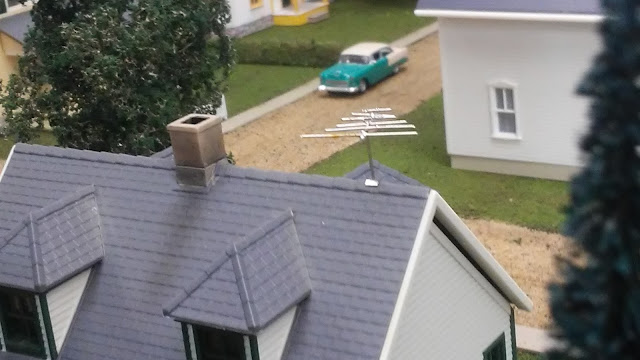I draw up my projects on my Cad program. I draw in Cad with actual dimensions and then I print it off at scale.By doing this you never have to convert to scale, the program does it for you. I then cut out the outside edges of the drawing for each wall, floor,interior walls, roof panels,doors and glue it to sheet styrene with a glue stick ( if it is a small part I do not cut close to the lines ). Now I cut out the styrene along the the printed lines cutting out the window and door openings along with the outside edge of the wall. Remember your orientation to scribed siding because you are gluing the drawing to the backside. Using this process means that I never have to measure, just cut on the lines. Because I have this saved on Cad I can go back and print out as many projects as I want. There are free versions of AutoCAD and learning to draw in 2D is reasonably straight forward (you could learn a lot over a weekend). LibraCAD is a good choice. The kids glue stick glue is water soluble and so I just place each part in water and the paper just floats off. Wash with a little soap and the part is ready to paint. If you are working with wood you should first cover it with a sealer so the paper will come off. Cover both sides so the piece will not warp. Use a wet cloth and dab the paper, once it is wet enough you can rub it off. Practice on a scrape first. Start your first project with something easy like a box with a roof. The quality of the drawings below is not great because I had to save them as a picture so I could post them here. I do not add every detail but you get the idea from from the pictures how I would be able to cut out the walls roof panels, floor, ect. It also gave me the positioning for the 2x6's under the platform on the ice house and were the doors should be placed, On the horse car you also get the position of the grabs so I would drill the holes for them after I have cut out the sides. Again I never have to measure. The drawings you see below are what I see on my screen in the program. the program will size the drawing so that it will fit on the screen, when I go to print it I set it to print the drawing at 1:87 and you will see a print preview to see what will fit like on a page and maybe you will have to print it on 2 pages to get it to fit.
I have a post on the finished Ice House.
This is the glue stick I use they can be found easily.











